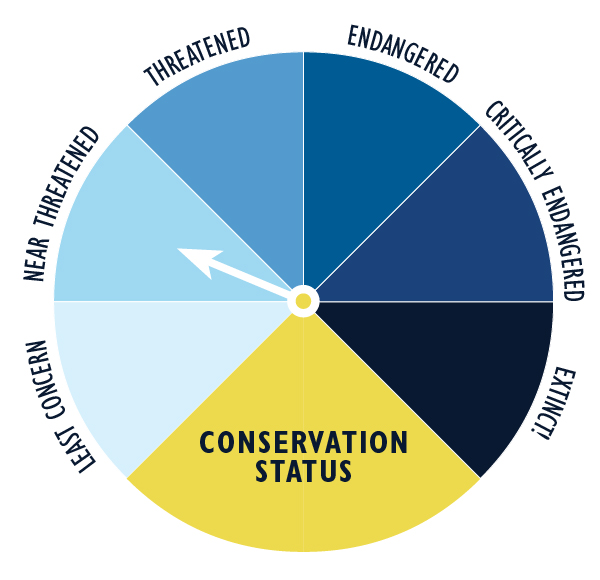
About Chilean Flamingo
The Chilean flamingo is one of the largest in the flamingo family. Their pale pink feathers and grey legs help distinguish them from their more colorful cousins.
Habitat
Chilean flamingos inhabit muddy, shallow, alkaline (salty) lakes. They live in warm, tropical environments at sea level, along the coast, and at high altitudes (up to 4,500 m) in the Andes mountain range of South America.
Diet
Chilean flamingos, like other flamingos, feed mainly on invertebrates that live in mud. These invertebrates include brine flies, shrimps, mollusks, and other animals that do not have backbones. Their diet also contains some blue-green algae, aquatic plants, seeds, insect larvae, small worms, and other organisms found in alkaline water. Their comb-like bill is able to filter their food, enabling the bird to receive as much protein as possible and eliminate waste in their food.
Family Life
Chilean flamingos are social birds that feed and nest together in flocks ranging from a few individuals to tens of thousands. To attract mates, the male flamingos will try ‘head flagging’, which entails the male flamingo swiveling its head from side to side, and wing saluting – repeatedly opening and closing its wings. Once an egg is laid, both parents share the responsibility of incubating the egg. Once the egg is hatched, both the male and female flamingo will feed the baby bird equally.
Conservation Status
The conservation status of the Chilean Flamingo is classified as near threatened.
Threats
- Chilean flamingos are not often exposed to predators since they live near alkaline (salty) waters where few large carnivorous, meat-eating, animals are found.
- The main predators of Chilean flamingos are humans, who kill flamingos for their feathers, food, and for sport. In poorer areas, flamingo tongues are considered food. Humans also infiltrate flamingo habitats.
Facts about Chilean Flamingo
Class:
Aves (birds)Order:
Phoenicopteriformes (water birds)Family:
Phoenicopteridae (wading birds)Genus:
Phoenicopterus (flamingos)Species:
Phoenicopterus chilensis (Chilean flamingo)Life Span:
50 years (wild) / 40 years (zoo)Size:
2.6 – 4.8 feet (0.7 – 1.5 m)Weight:
5.5 – 7.7 pounds (2.5 – 3.5 kg)Wing Span:
4.1 – 5 feet (1.2 – 1.5 m)
Fun Facts
- Incredible balance! You may often find Chilean flamingos on one foot and for good reason. This helps conserve body heat and decrease the number of parasites they get while standing in water.
- Just like their cousin, the American flamingo, the Chilean flamingo gets their pink color from their daily diet. The paler color simply indicates a difference in diet.
- The word “flamingo” means “flaming” in Spanish, referring to their colorful feathers.